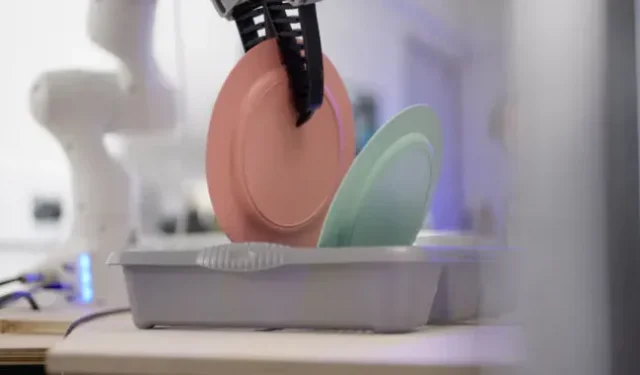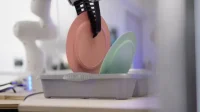Dyson today shared its ambitious plans to sell robots that can do your housework. The company best known for its vacuum cleaners is in the midst of a massive hiring as it hopes to produce consumer robots that roam homes and do more than just suck up dust. The company wants to place these robots in homes within 10 years.
For 20 years, Dyson has been making puck-shaped robot vacuum cleaners that move around the house, sucking up dust and dirt. But for the past 10 years, Dyson has also been researching autonomous robots with grasping hands.
In the video, Dyson showed off prototypes of robots doing household chores, including cleaning dishes and helpfully placing bleach on countertops.
Dyson’s “perception lab”in an air hangar at Hullavington Airfield in Wiltshire, England, focuses on the “brains”of robots. The lab is also working on vision systems that allow robots to use cameras, sensors and thermal imagers to move around without crashing into objects. Dyson has expertise in this area, having previously developed vision-based mapping algorithms and a 360-degree camera for its robot vacuum cleaners.
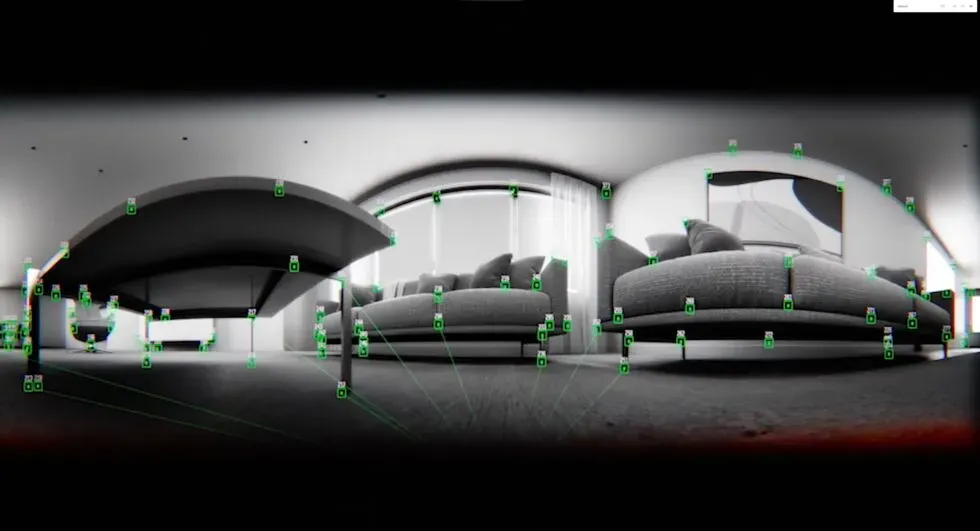
The company is also looking into how to make its robots safe for the home, including making them strong enough to withstand impact. In addition, Dyson will conduct robotics R&D at the Dyson Robotics Lab at Imperial College England in a new lab in London and at its headquarters in Singapore.
Huge hiring push
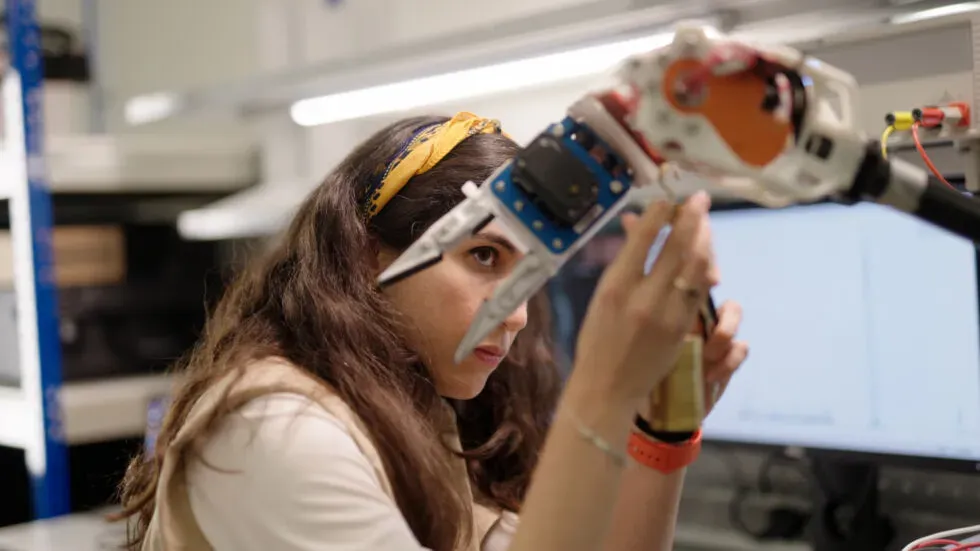
However, Dyson’s work is far from over. Dyson said it hired 2,000 people this year, half of which are engineers, scientists and programmers, a mere 50 percent thanks to the largest engineering hiring campaign ever. The company is currently looking for 250 robotics engineers with experience in computer vision, machine learning, sensors and mechatronics; they will work in an aircraft hangar in Hullavington, which Dyson has been renovating over the past six months.
Dyson plans to add 700 robotics engineers to the company over the next five years. First of all, they will work with the brain of the robot. In addition, Dyson said it will invest £2.75 billion (about $3.45 billion) in Hallavington with the aim of building “the largest and most advanced robotics center in the UK”. Dyson will spend £600m (about $753m) of that budget in 2022.
welcome to the party
Of course, Dyson isn’t the first to use a robotic arm to do something spectacular. And it won’t be the first company to bring an advanced autonomous robot with human-like parts to homes.
French company Pollen Robotics is currently selling an open-source Reachy humanoid robot that has an optional movable base, flexible arms, secure clamps, and 7 degrees of freedom. Supposedly he can lift up to 1.1 pounds. Pollen Robotics mainly showcases the robot as an entertainment piece; he can do things like play games and greet guests.
Starting at €8,990 (about $9,603) for just one arm and €32,990 (about $35,241) for the entire robot and moveable base, Reachy is clearly meant for a limited audience.
Meanwhile, UBTech is also working on its Walker X, a bipedal Power Ranger-like robot that can perform tasks like fetching drinks and snacks, playing games, and climbing stairs.
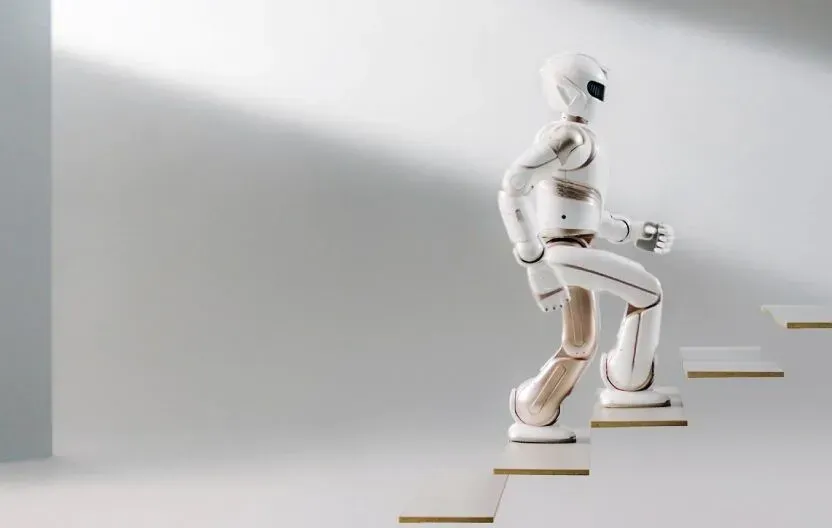
Other well-known companies’ efforts include Amazon Astro. The robot is currently available for $1,000 (by invitation) and is focused on home monitoring. It doesn’t have arms, but it does have virtual expressive eyes and a basket that you can drop things into and have Astro deliver them to someone in the house. And CEO Elon Musk says Tesla’s humanoid robot prototype will be demonstrated next year.
However, Dyson’s years of experience in related fields and demonstrated willingness to open their pockets and invest in human resources point to the enormous potential of home robotics. Due to its long history of delivering groceries to people’s homes, Dyson appears to be well positioned to continue the work it apparently started a decade ago.
You can watch a Dyson video showcasing their R&D in robotics below.
